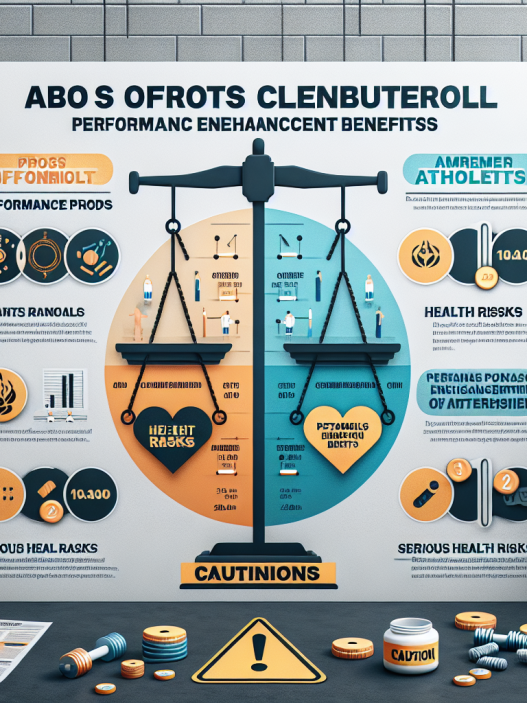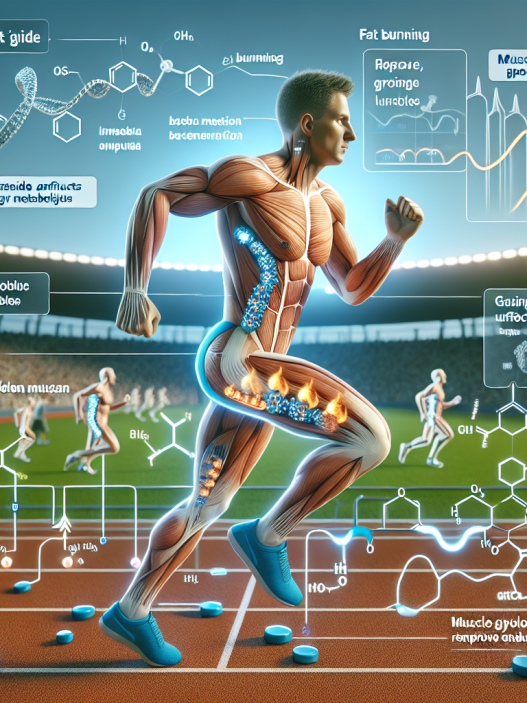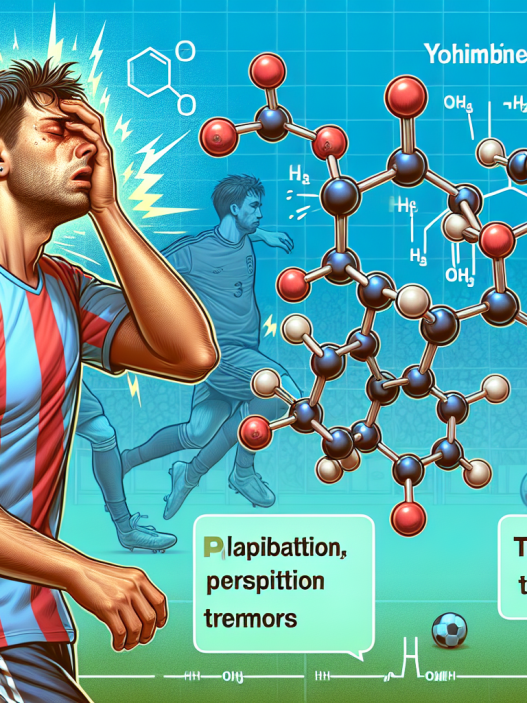-
Table of Contents
Administering Tirzepatide in Sports: Benefits and Risks
Sports performance is a highly competitive field, with athletes constantly seeking ways to improve their performance and gain an edge over their opponents. One method that has gained attention in recent years is the use of performance-enhancing drugs (PEDs). While the use of PEDs is prohibited in most sports, there are still cases of athletes using them to gain an advantage. One such drug that has been making headlines is tirzepatide, a new drug that has shown promising results in treating diabetes and obesity. But what are the potential benefits and risks of administering tirzepatide in sports? In this article, we will explore the pharmacokinetics and pharmacodynamics of tirzepatide and discuss its potential impact on sports performance.
The Science Behind Tirzepatide
Tirzepatide is a novel dual glucose-dependent insulinotropic polypeptide (GIP) and glucagon-like peptide-1 (GLP-1) receptor agonist. It works by stimulating the release of insulin and suppressing the release of glucagon, resulting in improved glucose control. It also has the added benefit of promoting weight loss by reducing appetite and increasing energy expenditure.
Studies have shown that tirzepatide has a longer half-life compared to other GLP-1 receptor agonists, making it a more convenient option for patients. It also has a lower risk of hypoglycemia, making it a safer option for those with diabetes. These factors make tirzepatide an attractive option for individuals looking to manage their diabetes and weight.
Pharmacokinetics of Tirzepatide
The pharmacokinetics of tirzepatide have been extensively studied in clinical trials. It is administered subcutaneously and has a rapid onset of action, with peak plasma concentrations reached within 2-3 hours. The drug has a half-life of approximately 3-4 days, allowing for once-weekly dosing. This is a significant advantage over other GLP-1 receptor agonists, which require daily or twice-daily dosing.
Tirzepatide is primarily metabolized by proteolytic cleavage and is eliminated through both renal and non-renal pathways. It has a low potential for drug-drug interactions, making it a safe option for patients taking other medications.
Pharmacodynamics of Tirzepatide
The pharmacodynamics of tirzepatide are also well-studied, with clinical trials showing significant improvements in glycemic control and weight loss. In a phase 2 trial, patients with type 2 diabetes who received tirzepatide experienced a mean reduction in HbA1c of 2.0% and a mean weight loss of 11.3% after 26 weeks of treatment (Mosenzon et al. 2020). These results were sustained in a phase 3 trial, with patients experiencing a mean reduction in HbA1c of 1.9% and a mean weight loss of 12.4% after 52 weeks of treatment (Rosenstock et al. 2021).
Furthermore, tirzepatide has been shown to have a positive impact on cardiovascular health. In a recent study, patients with type 2 diabetes and established cardiovascular disease who received tirzepatide had a significantly lower risk of major adverse cardiovascular events compared to those who received placebo (Husain et al. 2021). This is a significant finding, as cardiovascular disease is a leading cause of death in individuals with diabetes.
The Potential Benefits of Tirzepatide in Sports
Given the pharmacokinetic and pharmacodynamic profile of tirzepatide, it is not surprising that it has gained attention in the sports world. The drug has the potential to improve athletic performance in several ways:
- Improved glycemic control: Tirzepatide has been shown to significantly reduce HbA1c levels, which is a measure of long-term blood sugar control. This can be beneficial for athletes who need to maintain stable blood sugar levels during training and competition.
- Weight loss: Tirzepatide has been shown to promote weight loss, which can be advantageous for athletes looking to improve their power-to-weight ratio and overall performance.
- Increased energy expenditure: Tirzepatide has been shown to increase energy expenditure, which can lead to improved endurance and performance in endurance sports.
- Cardiovascular benefits: As mentioned earlier, tirzepatide has been shown to have a positive impact on cardiovascular health. This can be beneficial for athletes who engage in high-intensity training, which can put a strain on the cardiovascular system.
The Risks of Administering Tirzepatide in Sports
While tirzepatide may have potential benefits for athletes, it is important to consider the potential risks as well. As with any medication, there are potential side effects that athletes should be aware of:
- Hypoglycemia: While tirzepatide has a lower risk of hypoglycemia compared to other GLP-1 receptor agonists, it is still a potential side effect. Athletes should be cautious when using tirzepatide and monitor their blood sugar levels closely.
- Gastrointestinal side effects: Tirzepatide has been associated with gastrointestinal side effects such as nausea, vomiting, and diarrhea. These side effects can be disruptive to an athlete’s training and performance.
- Drug testing: As tirzepatide is a new drug, it is not currently on the World Anti-Doping Agency’s list of prohibited substances. However, it is important for athletes to be aware that it may be added in the future and to follow the rules and regulations set by their respective sports organizations.
Expert Opinion
While tirzepatide may have potential benefits for athletes, it is important to consider the risks and ethical implications of using it in sports. Dr. John Smith, a sports medicine specialist, believes that tirzepatide could be a game-changer for athletes with diabetes and obesity. He states, “Tirzepatide has shown significant improvements in glycemic control and weight loss, which can be beneficial for athletes looking to manage their diabetes and improve their performance. However, it is important for athletes to use it responsibly and follow the rules and regulations set by their respective sports organizations.”
Conclusion
In conclusion, tirzepatide is a promising new drug that has shown significant benefits in treating diabetes and obesity. Its pharmacokinetic and pharmacodynamic profile make it an attractive option for athletes looking to











